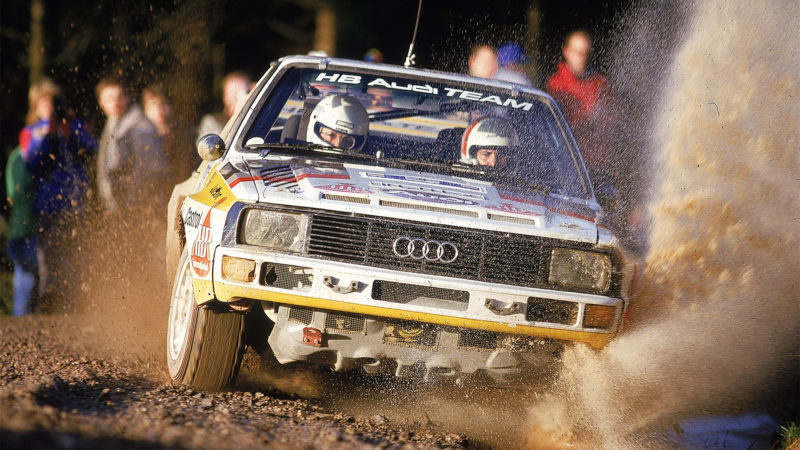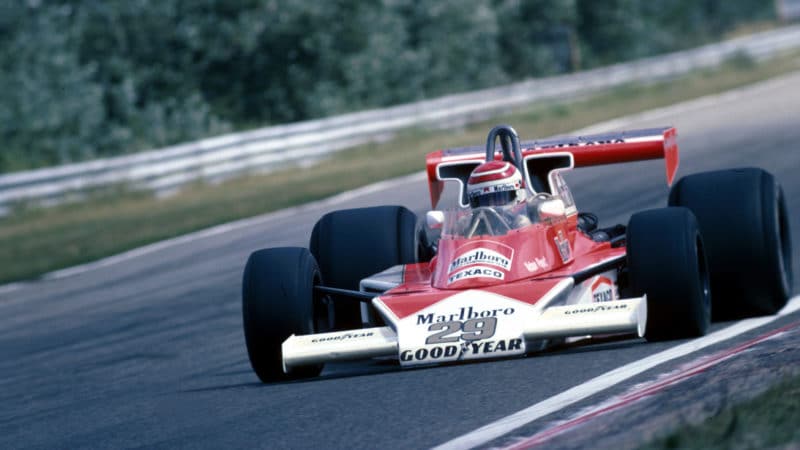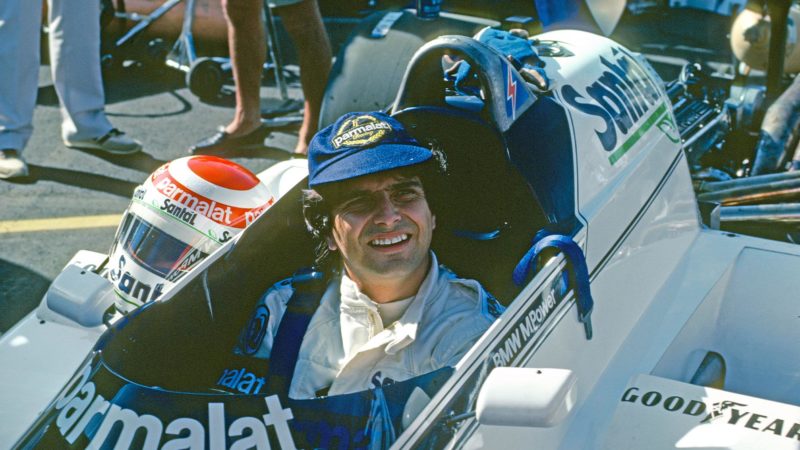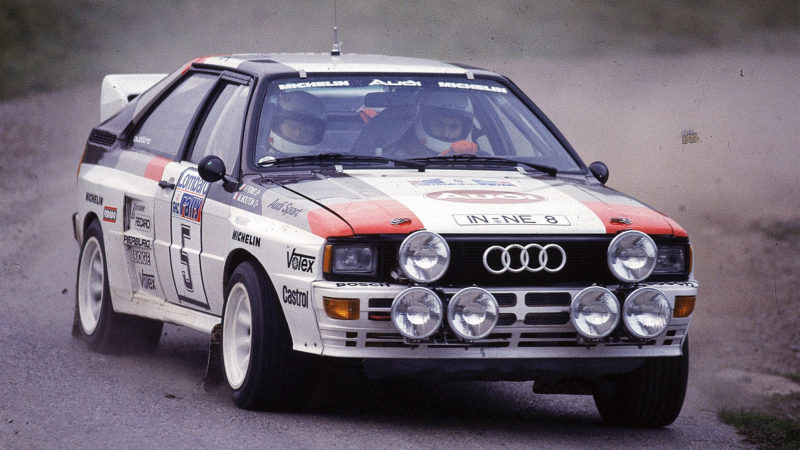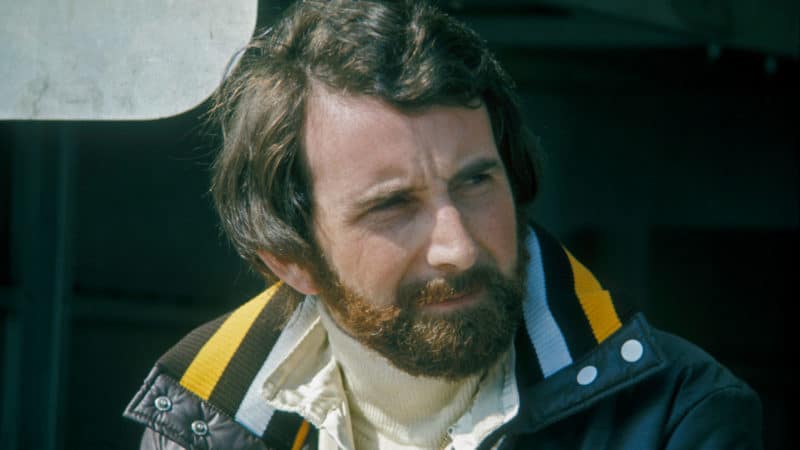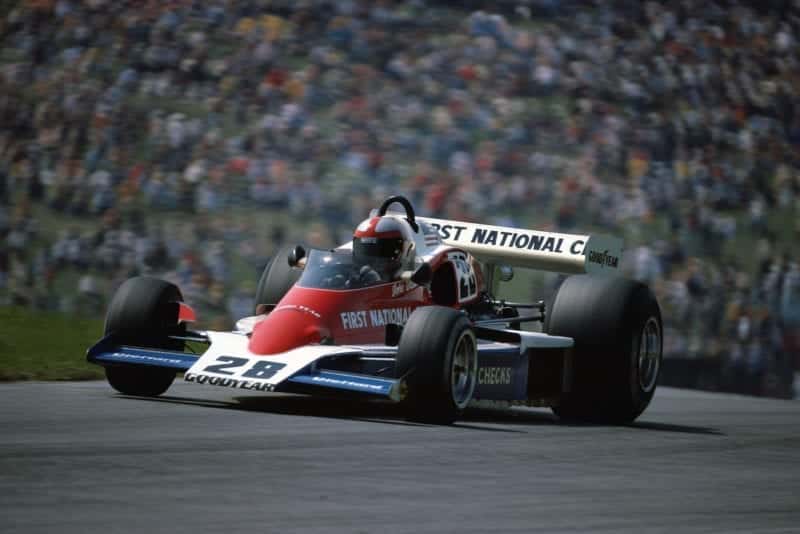The next year was fallow as Brabham struggled to get to grips with its new BMW engine, but the team was once more firing on all cylinders by the following season, as Piquet took his second title and the first for a turbo-powered car.
However Ecclestone’s outfit again failed to defend its title, and after two more seasons and three wins Piquet jumped ship to Williams for ’86.
Here he was in an alien environment with a team-mate who could very often match and beat him in the form of Nigel Mansell. Two acrimonious seasons followed, but it was the Brazilian who ultimately won out, claiming a third drivers’ title in ’87 through a combination of canny driving and consistency.
Piquet suffered a crash at Imola during his title season which affected his depth perception but he still managed to take three more victories at Benetton during his final two seasons of F1.
The Brazilian’s final show of resilience was in Indycar. Entering the 1992 Indianapolis 500 with Team Menard, Piquet ran over a piece of debris in practice and slammed into the barrier, resulting in serious ankle and foot injuries. However, he showed fortitude and returned to the Brickyard to finish 10th the next year.

Mouton broke through boundaries to become the first woman to win a WRC round
Gilbert TOURTE/Gamma-Rapho via Getty Images
Another driver who came from unlikely beginnings in motor sport, and even more ground-breaking, was French female rally driver Michèle Mouton.
Born in 1951 to parents who grew roses and jasmine for the local Grasse perfume industry, she dropped out of law school to pursue a career in rallying.
She began entering as a privateer co-driver but soon switched to the other side of the car, and made her WRC debut as a driver at the 1974 Tour de Course in an Alpine A110, coming home 12th. Before the year was out, she was both French and European ladies’ champion.
